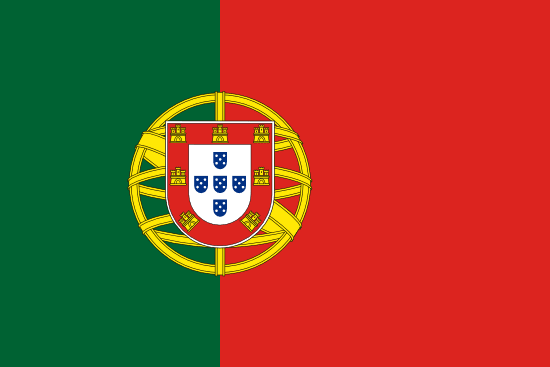"Onde a natureza e a história se encontram | Where nature and history meet"
About:
Mafra, Portugal, founded in the 12th century, is renowned for its baroque Palácio de Mafra. The town expanded in the 18th century under King João V, who commissioned the palace and the Basilica. Mafra's economic growth was driven by agriculture and fishing. The 20th century brought urbanization, transforming Mafra into a popular tourist destination. Today, it retains its historical charm while also providing modern amenities.
When to visit:
Mafra, a picturesque town located in Portugal, is a delightful destination for travelers seeking a blend of history and natural beauty. The ideal time to visit Mafra is during the spring months of April and May when the weather is mild and the surrounding landscape is in full bloom. Visitors can explore the magnificent Mafra National Palace and Convent, a UNESCO World Heritage site, and wander through the charming streets of the town. Additionally, the summer months of June to August offer warm temperatures perfect for enjoying the nearby beaches along the coast.
When to avoid:
Traveling to Mafra, Portugal during the peak summer months of July and August can be challenging due to the high influx of tourists and the sweltering heat. The town experiences crowded streets and attractions, making it difficult to fully appreciate the serene beauty of the region. Additionally, accommodations may be more expensive and harder to secure during this popular holiday period. For a more peaceful and cost-effective visit, it is advisable to avoid traveling to Mafra during the height of the summer holiday season.
Winter Season (June-August)
Mafra, Portugal experiences its coldest and wettest period from November to February. Average temperatures range from 8-15°C and rainfall is highest, peaking at around 110mm in November. Sunlight hours are at their shortest, averaging around 5 hours per day. Cloud cover is common, often resulting in overcast days. An average day for a visitor may involve bracing the chilly, damp weather. Mornings can start foggy, with rain often setting in by afternoon. Despite the weather, indoor attractions like the Mafra National Palace remain open.
Summer (December–February)
Mafra, Brazil experiences its warmest part of the year from December to March, during the southern hemisphere's summer. The average high temperatures during this period range from 26°C to 30°C (79°F to 86°F), while the lows can be expected to range from 18°C to 21°C (64°F to 70°F).
This period is also the rainiest time of the year, with monthly rainfall averaging around 160 to 200 mm. Despite the rain, there's still plenty of sunlight, with an average of 5 to 6 hours of sunshine per day.
Humidity is typically high during these months, often reaching above 80%, which can make the heat feel more intense. Cloudiness varies, but it's generally partly cloudy, with more cloud cover on days with heavy rainfall.
A typical day for a visitor during this season would start with warm, sunny mornings, perfect for outdoor activities. However, the heat and humidity increase as the day progresses, often culminating in afternoon showers or thunderstorms. After the rain, the evenings are usually warm and humid, but slightly cooler than the daytime. Please pack lightweight, breathable clothing, an umbrella or raincoat, and sunscreen.
Language:
Mafra, a municipality in Portugal, predominantly features Portuguese as the main language. Portuguese, a Romance language, is the official and most widely spoken language in the country. English is also commonly understood, particularly in tourist areas and among younger generations due to its inclusion in school curricula.




